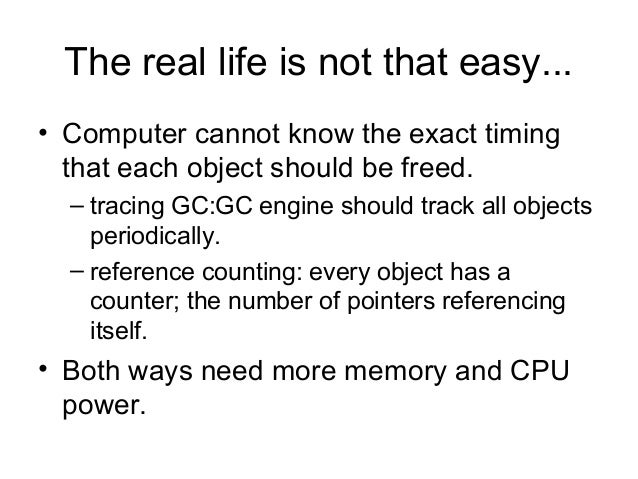


Both DynamicImage and ImageBuffer have a save(path) method. Once we’ve loaded and modified an image or created a completely new image from scratch, we can use the image crate to encode and save it. Now that we have created a new image, how do we get it out of memory and send it somewhere? That’s where writing an image comes in. This basic structure should be everything we need to write any image processing algorithm in Rust. In just a few lines of code, we can read in a PNG, iterate over its internal pixels, and create a new version of it. Now, Ferris will look like this: Ferris after we’ve made all of his pixels darker. pixel.map will iterate over the r, g, b, a values of the pixel Let mut output = ImageBuffer::new(w, h) // create a new buffer for our output Let img = image::open("ferris.png").expect("File not found!")
#Rust programming language examples code#
Ideally, we’d iterate over an image using a code API that looks like this: for pixel in img.pixels() While working with images, we want to operate on them as two-dimensional arrays. That’s why in this article, we’ll cover Rust’s image crate and the various methods it gives us to decode, manipulate, and encode images. Rust specifically carries a lot of promise in its image manipulation abilities, but many people don’t use these features because of how daunting they seem. However, Rust’s package ecosystem is extremely large and examples can be terse, oftentimes making Rust underutilized. The safety and performance guarantees of Rust are extremely useful for developers doing all kinds of work, making it ideal for a lot of scenarios. Decoding and encoding images in Rust using the image crate

Hassan Uddin Follow Developer studying computer science and mathematics, with an interest in programming languages.


 0 kommentar(er)
0 kommentar(er)
